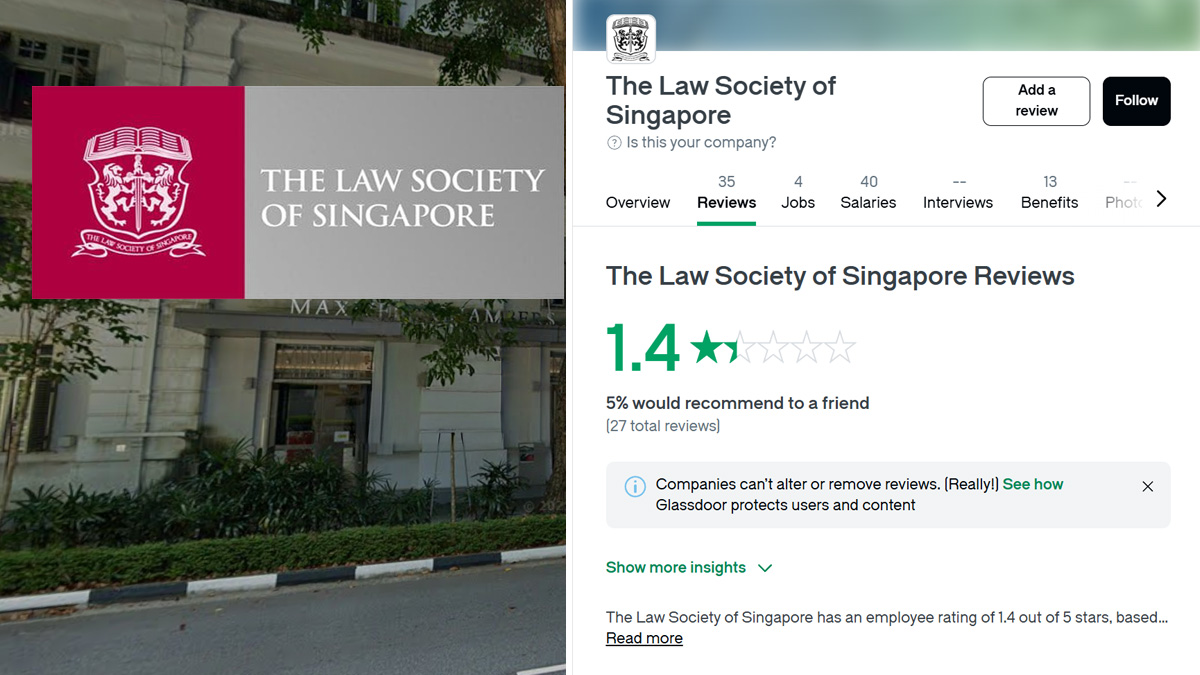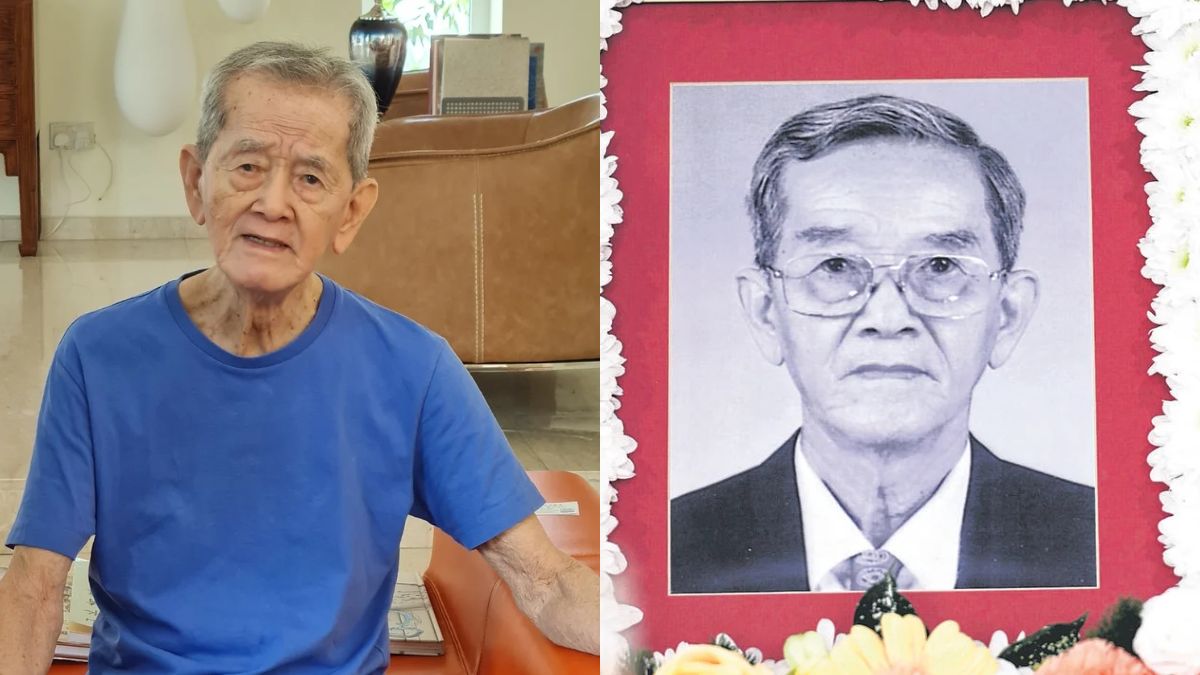Singapore hospitals warn of longer emergency department waits amid rising patient load
Three major public hospitals in Singapore have advised patients of longer waiting times at emergency departments due to increased demand. The advisories come as COVID-19 cases rise nationwide, though authorities stress hospitals remain capable of managing the current patient load.

- TTSH, CGH, and SKH have warned of longer emergency department waiting times amid rising patient numbers.
- COVID-19 cases climbed to 14,200 between 27 April and 3 May, up from 11,100 the previous week.
- Authorities stress hospitals remain capable of handling the load but urge non-critical patients to use GPs, polyclinics, or PHPCs.
Three of Singapore’s largest public hospitals have warned patients to expect extended waiting times at their emergency departments, citing a surge in patient numbers.
Tan Tock Seng Hospital (TTSH) issued an online notice on 14 May 2025, while Changi General Hospital (CGH) and Sengkang General Hospital (SKH) conveyed the advisories via Facebook.

The hospitals reassured the public that emergency care remains available but urged those with mild conditions to seek alternatives.
TTSH: Admission waits could take hours
In its advisory, TTSH said patients requiring admission should be prepared for waiting times stretching into several hours.
The hospital emphasised that emergency teams were continuing to provide care during this period and thanked patients for their understanding as staff worked to manage the increased load.
SKH and CGH stress treatment by urgency
SKH noted that patient priority would be determined strictly by the severity of medical conditions. It encouraged people with less urgent needs to visit general practitioners (GPs), polyclinics, or Public Health Preparedness Clinics (PHPCs).
CGH reinforced this guidance, highlighting that individuals with symptoms such as sore throats or runny noses should avoid emergency departments unless necessary.
The hospital explained that limiting non-critical visits would enable staff to concentrate on life-threatening and time-sensitive cases.
Link to rising COVID-19 cases
The advisories came against the backdrop of increasing COVID-19 infections.
On 13 May, the Ministry of Health (MOH) and the Communicable Diseases Agency (CDA) reported that between 27 April and 3 May, cases rose to approximately 14,200, compared with 11,100 the week before.
The surge in community cases is believed to be placing additional strain on emergency services, with patients seeking care for both COVID-19 symptoms and other unrelated conditions.
Authorities: System remains resilient
Despite the rise in demand, MOH and CDA stressed that Singapore’s healthcare system remains resilient. Hospitals continue to have the resources to manage the current patient load, though some waiting times are expected to lengthen.
Authorities reiterated that emergency departments are designed for critical cases such as severe chest pain, breathing difficulties, or trauma.
For mild respiratory infections, members of the public are encouraged to seek care at primary healthcare facilities, which remain well-equipped to handle such conditions.
Public urged to use appropriate care channels
The hospitals’ messages underline a long-standing challenge in Singapore’s healthcare system: balancing emergency department capacity with high community demand during infection surges.
By encouraging the public to consult GPs, polyclinics, or PHPCs, the aim is to ensure emergency services remain available for those in immediate need.
PHPCs, first introduced during past outbreaks, continue to play a critical role in handling mild respiratory cases while relieving pressure on hospital resources.
Broader strain on healthcare workers
The recent advisories also highlight the strain placed on healthcare workers during cyclical waves of illness. Long hours, staff redeployment, and high patient volumes have been recurrent challenges since the pandemic began in 2020.
While hospitals have adapted with new systems and capacity upgrades, emergency departments remain particularly vulnerable to surges, given their role as the first point of contact for both severe and non-urgent cases.
Context of COVID-19 in Singapore
Singapore has maintained relatively high vaccination and booster coverage, which has kept severe COVID-19 cases low. However, infection waves continue to stress healthcare delivery, especially when combined with seasonal surges of influenza and other respiratory viruses.
The latest increase in cases is not unprecedented but serves as a reminder of the importance of channeling patients appropriately within the healthcare system.
Looking ahead
Healthcare authorities are expected to continue public education campaigns about the appropriate use of emergency departments.
The experience of the current surge may also inform ongoing discussions about long-term capacity planning, including staffing levels and infrastructure upgrades for emergency care.
For now, hospitals remain focused on managing increased demand while safeguarding access for patients in urgent need.








0 Comments